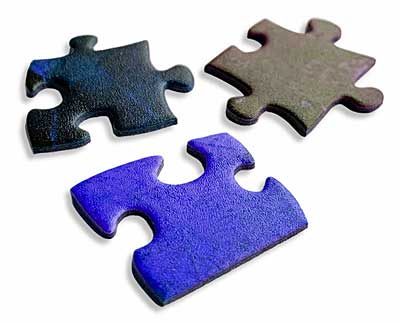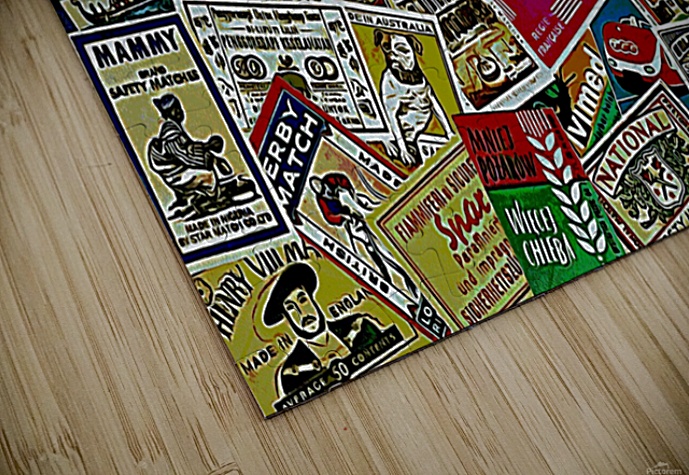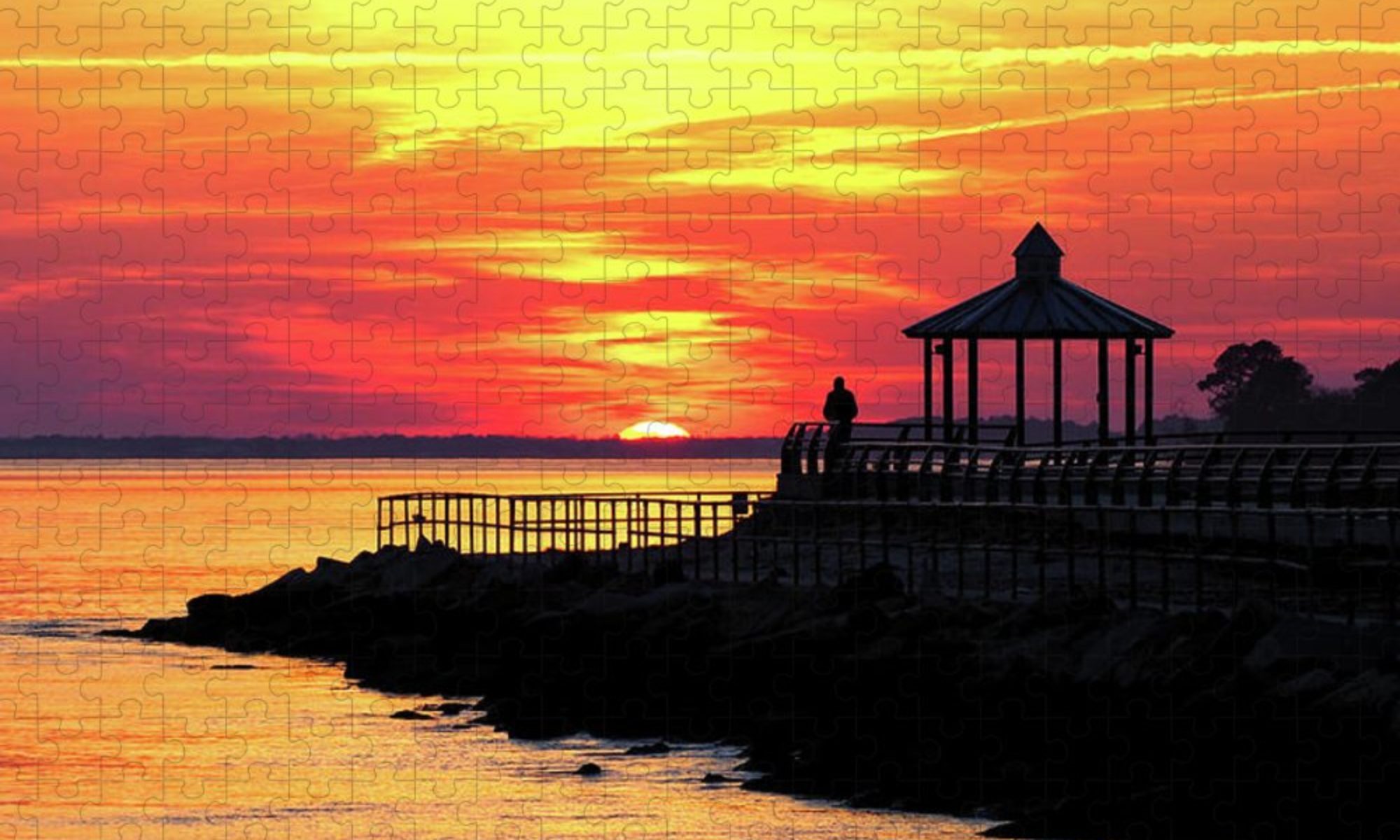…a centuries old pastime that has been enjoyed by people of all ages.

Jigsaw puzzles are a centuries old pastime that has been enjoyed by people of all ages. Today, there are many different types and sizes of jigsaw puzzles available, making them more accessible than ever before. Whether you’re looking for a relaxing activity to do on your own or a fun way to spend time with family and friends, jigsaw puzzles are a great option.
The allure of jigsaw puzzles
There is something special about the challenge of piecing together a puzzle, and the sense of accomplishment that comes with completing one. For some people, jigsaw puzzles are simply a fun way to pass the time. For others, they are a serious hobby, and there are even competitive tournaments held each year. Whether you enjoy solving puzzles on your own or with friends and family, there is no doubt that jigsaw puzzles can be quite addicting!
The history of the jigsaw puzzle
Jigsaw Puzzles date back to the 1700’s, when woodworkers would make intricate and detailed wooden puzzles to sell as decorative items. In 1767, a London craftsman named John Spilsbury produced the first printed jigsaw puzzle. The puzzle was made of steel and featured a map of England. The jigsaw puzzle was very popular in England for many years, and soon the idea spread throughout Europe. The first jigsaw puzzles made in America were produced in 1848 by Samson Fox, a New York wood engraver.
How to get started with a jigsaw puzzle
Jigsaw puzzles are easy to use. The trick is to find a puzzle that has enough pieces to be challenging, but not so many that it becomes frustrating. If you have never done a jigsaw puzzle before, start with one that has about 500 pieces or fewer. As you complete one puzzle, get a larger and more challenging one. The best jigsaw puzzles are the ones that are used to create a picture of a scene or an object. These are fun because they often have a story behind them.
Many puzzles are based on photographs, paintings or artwork. The most challenging puzzles have no picture and instead just have a series of shapes, letters or numbers to create a pattern. Choose the one that suits your skill level and that you find interesting.
The benefits of working a jigsaw puzzle
Working a jigsaw puzzle is an excellent way to stretch your mind, and improve your mental stamina. It also helps you physically because it improves your fine motor skills, which are the smaller movements of your hands and fingers. The best jigsaw puzzles are the ones that contain more than one image. These types of puzzles can sometimes be used as educational tools for young children.
There are many ways to solve a jigsaw puzzle

There are many approaches to solving a jigsaw. Some people like to start by finding the four corners, some like to find all the pieces with a flat edge, meaning they are the edge pieces, and build the perimeter and work inwards. Other solvers find similar colors of a certain feature – and sort of start from the center out. Take your time. Don’t rush the puzzle, and only work on it in short spurts. If you try to solve a jigsaw puzzle too quickly, you may make mistakes. Give yourself plenty of time to get all of the pieces in place. Be patient.
Here’s a little more about Solving a Jigsaw Puzzle.
The different types of jigsaw puzzles
There are many different types of jigsaw puzzles, ranging from the very easy, to the very difficult. The most common type is the 1000-piece jigsaw puzzle which is usually made for beginners who are just starting out with jigsaw puzzles. 1000-piece puzzles are usually made of heavy, coated cardboard and contain nice, detailed pictures. They can take anywhere from an hour to many, many hours to complete. If you want something a little more challenging, there are 1500-2000-piece jigsaw puzzles that can prove to be a real challenge.
Conclusion: the satisfaction of completing a jigsaw puzzle
The satisfaction of completing a jigsaw puzzle is just as rewarding as solving one of the most difficult logic and reasoning puzzles. The puzzle itself can be a great conversation piece in any room, and it can spark an interest in jigsaw puzzles, which once you get started with them, you may never want to stop. If you’re looking for a new hobby, or something to do with the family, try a jigsaw puzzle. It just may be a surprisingly enjoyable experience.


I had no idea that jig saw puzzles had such an interesting history. Thanks for the information.
You’re welcome, Bob. Jigsaw puzzles have been around (for me) since I was a kid – a very long time ago. That, alone, makes them historical. LOL
Great summary of the history of jigsaw puzzles. I agree, they are addictive and fun to do. It is great when you insert that last piece, particularly on a difficult one. But hard to break it up when you have finished! I guess if it is an artistic scene it could be framed and hung on the wall.
Thank you for the comment, Dorothy. My wife has a couple that have been glued together (there is a brush on puzzle cement) and framed and hanging in our home.
My favorites are of paintings, either famous ones from history or my own.
Ah, yes, Katrina, I also enjoy working puzzles of something “known” to me/us. The last two I’ve done are of my own photographs.